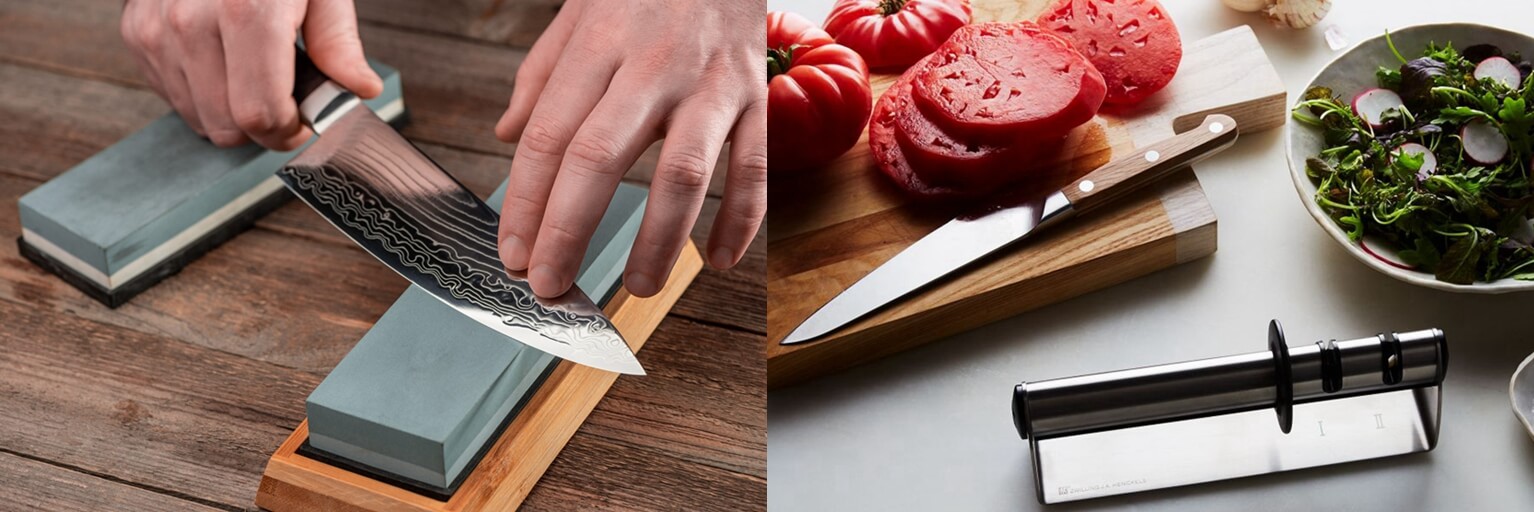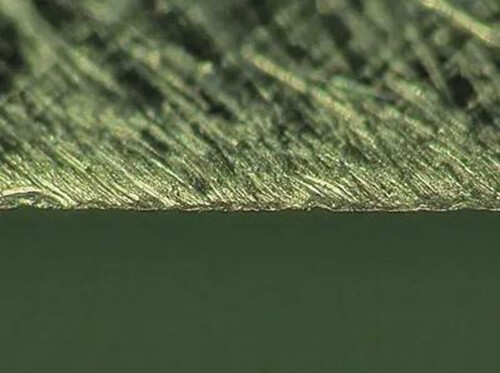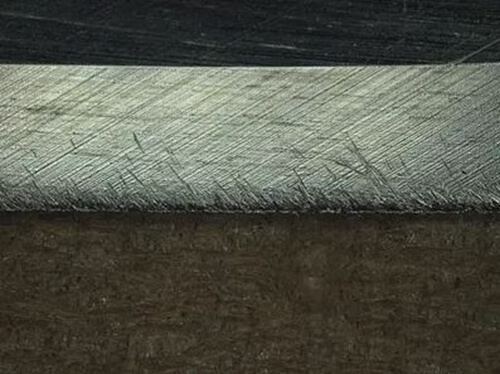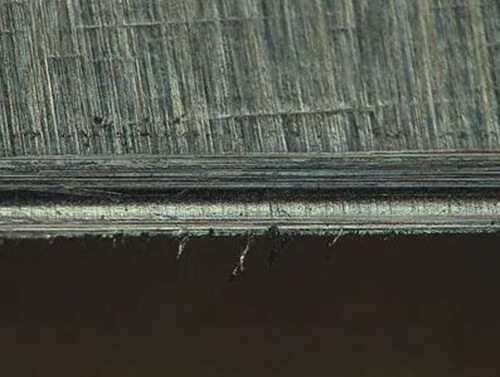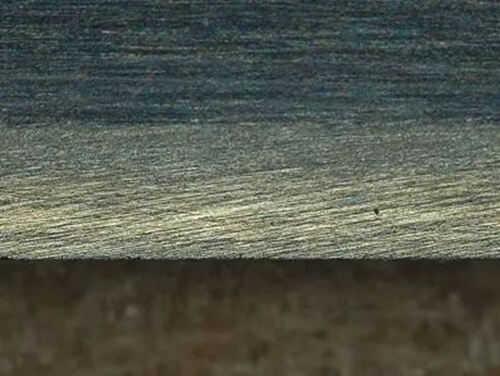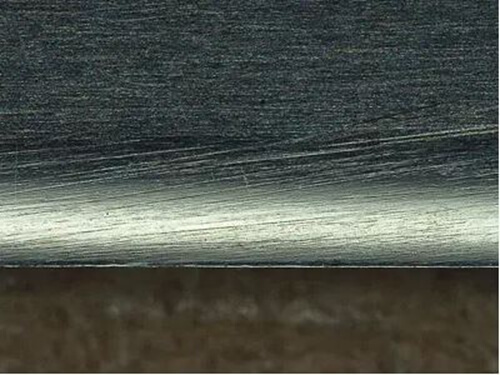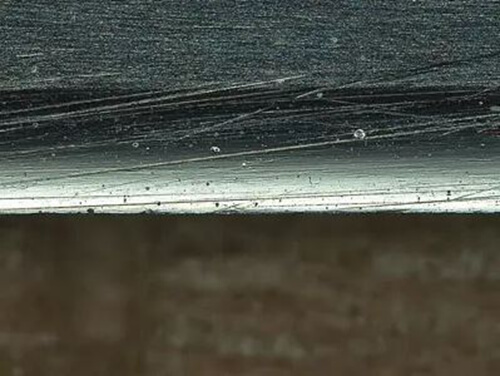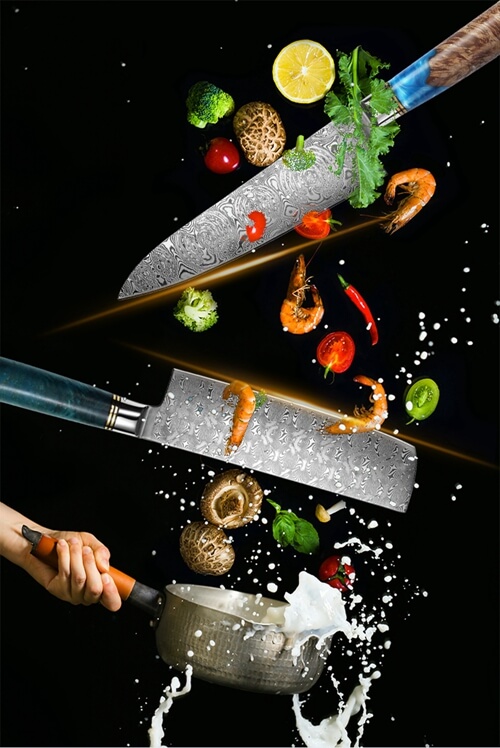Kitchen Knife Sharpener Is Not A Substitute For A Whetstone
The taste of food is impacted by the sharpness of the kitchen knife, so kitchen knife daily maintenance is important. But how to sharpen a kitchen knife? Recently, there are many kinds of kitchen knife sharpener on the market that make it easy to sharpen a kitchen knife.
However, the essence of the kitchen knife sharpener is not to sharpen the cutting edge, but to temporarily improve the bite to the food by roughening the cutting edge, and it is not a substitute for re-sharpening with a whetstone. If you rely only on sharpening with a sharpener, the strength of the cutting edge will be extremely reduced, which may cause the blade to crack or chip.
A sharpener is used when you feel that the knife you normally use for cooking has lost its sharpness, you want to temporarily restore the sharpness, or you do not have time to hit the grindstone. Apart from this, we recommend sharpening with a whetstone once or twice a month.
The basics are the same for rotary grindstone sharpeners, electric sharpeners, and water grindstone sharpeners.
How to sharpen a kitchen knife? Looking The Same? Completely Different.
Even if they look the same, the state of the cutting edge is completely different.
Now, with an enlarged photograph of the cutting edge, let’s compare the difference between the case of actually sharpening with a sharpener and the case of sharpening with a whetstone.
Cutting Edge Of A New Kitchen Knife
As you use it, the cutting edge gradually wears, and the tip part also gets more scratches due to daily use. Since the cutting edge curls a bit, the sharpness is not good at all, and the cross-section of the ingredients is dirty and rough, so the fishy odor such as fish and meat becomes conspicuous.
In addition, small scratches can easily cause blade chipping and blade spillage. In addition, the period until this state is reached varies depending on the usage conditions, but it is about one month for general household use.
Roll-type Kitchen knife Sharpener
It is a cutting edge when sharpened with a roll-type kitchen knife sharpener, which is relatively excellent even with a simple sharpener. The cutting edge is jagged and looks like a saw. Temporarily, the effect of this saw blade improves the bite to the ingredients, creating the illusion that the sharpness has improved, but the blade edge is actually damaged, and the blade edge becomes having more curls when used for a long time.
Compared to the cross-type sharpener, the roll-type sharpener hits the grindstone in the same direction as when sharpened with the grindstone, so it is more effective than the cross-type sharpener, but the angle of the grindstone is fixed. Therefore, in some cases, the grindstone may not hit the cutting edge, and you may need to check that the angle of your knife matches the grindstone.
Cross-Type Kitchen Knife Sharpener
A sharpener with a method in which the grindstones intersect and the blade is inserted and sharpened between them has a simple structure, so it can be obtained at a relatively low cost.
However, as you can see in the photo, there are many lateral scratches, and burrs due to sharpening remain as they are. Since the grindstone hits only the cutting edge, only the thin part of the cutting edge is unilaterally scraped off, the cutting edge becomes more curled, a step is generated on the cutting edge, and the sharpness has further deteriorated.
It can be used for knives with an obtuse angle setting, but it is better not to use knives with excellent sharpness because they not only make the knives dull but also damage the knives themselves.
Whetstone With Medium Finish (1000 Grit)
When you sharpen it with a whetstone, you can see that the scratches on the cutting edge have become finer. Compared to simple sharpeners, the grindstone can be applied to the entire cutting edge, so the entire cutting edge can be made into a wedge shape, resulting in a neat cutting edge.
If you use it in a general household, you can see that it has a good blade just by sharpening it with a medium whetstone.
Whetstone With Fine Finish (4000 Grit)
The whetstone is used not only to clean the small scratches made when re-sharpening with a medium whetstone, but also to attach a small blade as explained on the page of the knife blade structure.
This small blade has the role of increasing the strength of the cutting edge, and it can enable the knife that cuts longer than the cutting edge using a medium whetstone. At the same time, the number of scratches on the cutting edge is reduced, so the cut surface when cutting sashimi etc. becomes clean, which makes it possible to finish more delicious dishes.
Whetstone With Super Fine Finish (8000 Grit)
Super-finishing whetstones, which have a higher count than finishing whetstones, are generally used for finishing swords, but of course they are also effective for kitchen knives. You can see in the image that the cutting edge has less scratches than the finishing whetstone, and it is almost like a new kitchen knife. This is not necessary for general use, but the life of a knife is still overwhelmingly long.

